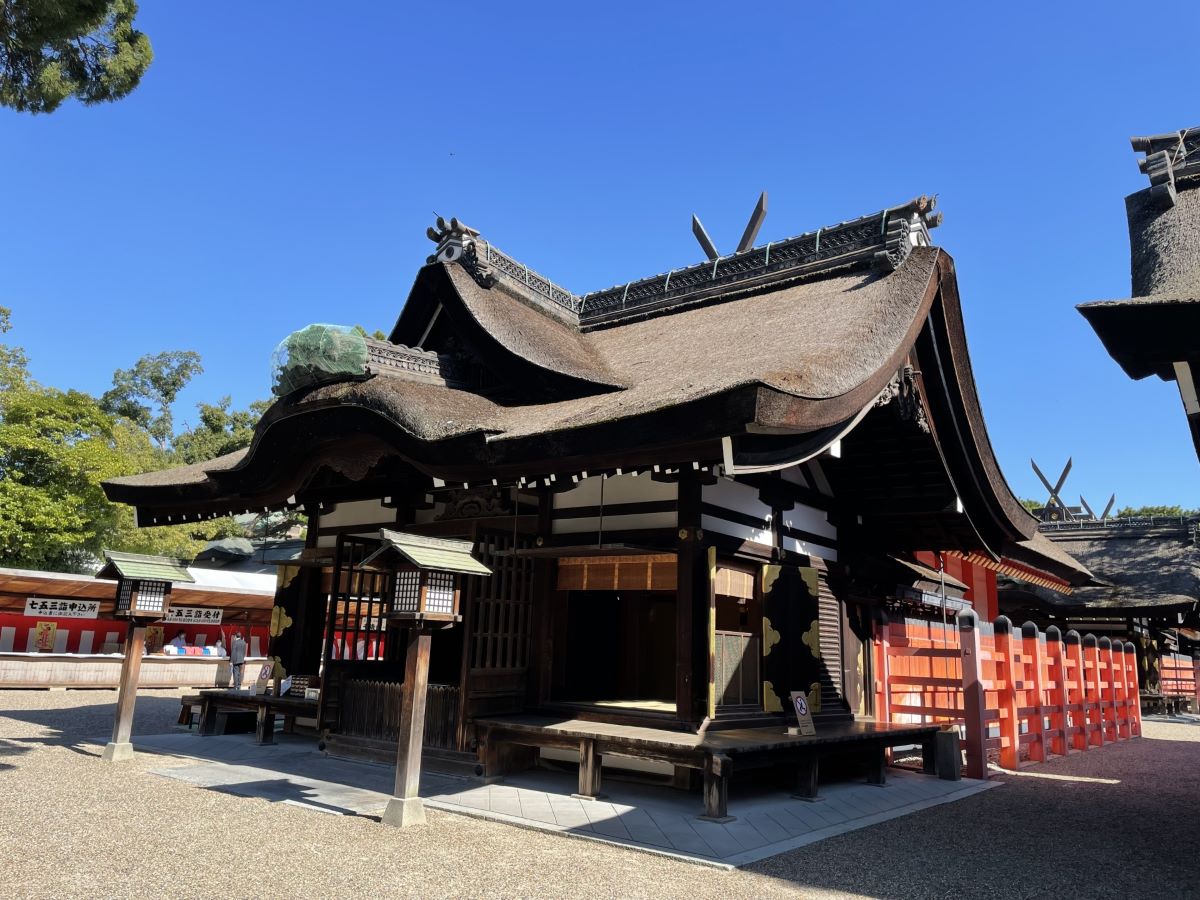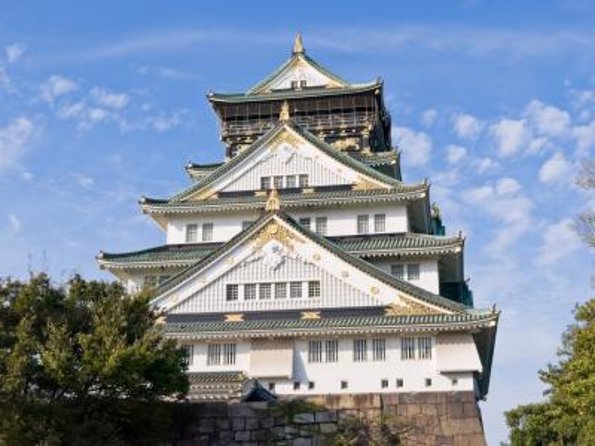Sumiyoshi Taisha is a Shinto shrine located in the Sumiyoshi ward of Osaka, Japan. It is one of the oldest and most important shrines in the country, with a history dating back to the 3rd century. The shrine is dedicated to the three gods of sea, agriculture, and war, and is believed to offer protection to travelers, sailors, fishermen, and farmers.
The architecture of Sumiyoshi Taisha is unique and distinctive, with a style known as Sumiyoshi-zukuri. This style is characterized by a simple, rustic design with a thatched roof and a curved entranceway. The shrine is surrounded by a beautiful park, which is a popular spot for picnics, cherry blossom viewing, and traditional Japanese festivals.
Sumiyoshi Taisha is an important cultural and historical site in Japan, attracting visitors from all over the world. Its serene and peaceful atmosphere, coupled with its beautiful architecture and natural surroundings, make it a must-visit destination for anyone traveling to Osaka. Whether you are interested in history, religion, or simply want to experience the beauty of Japan, Sumiyoshi Taisha is definitely worth a visit.
History
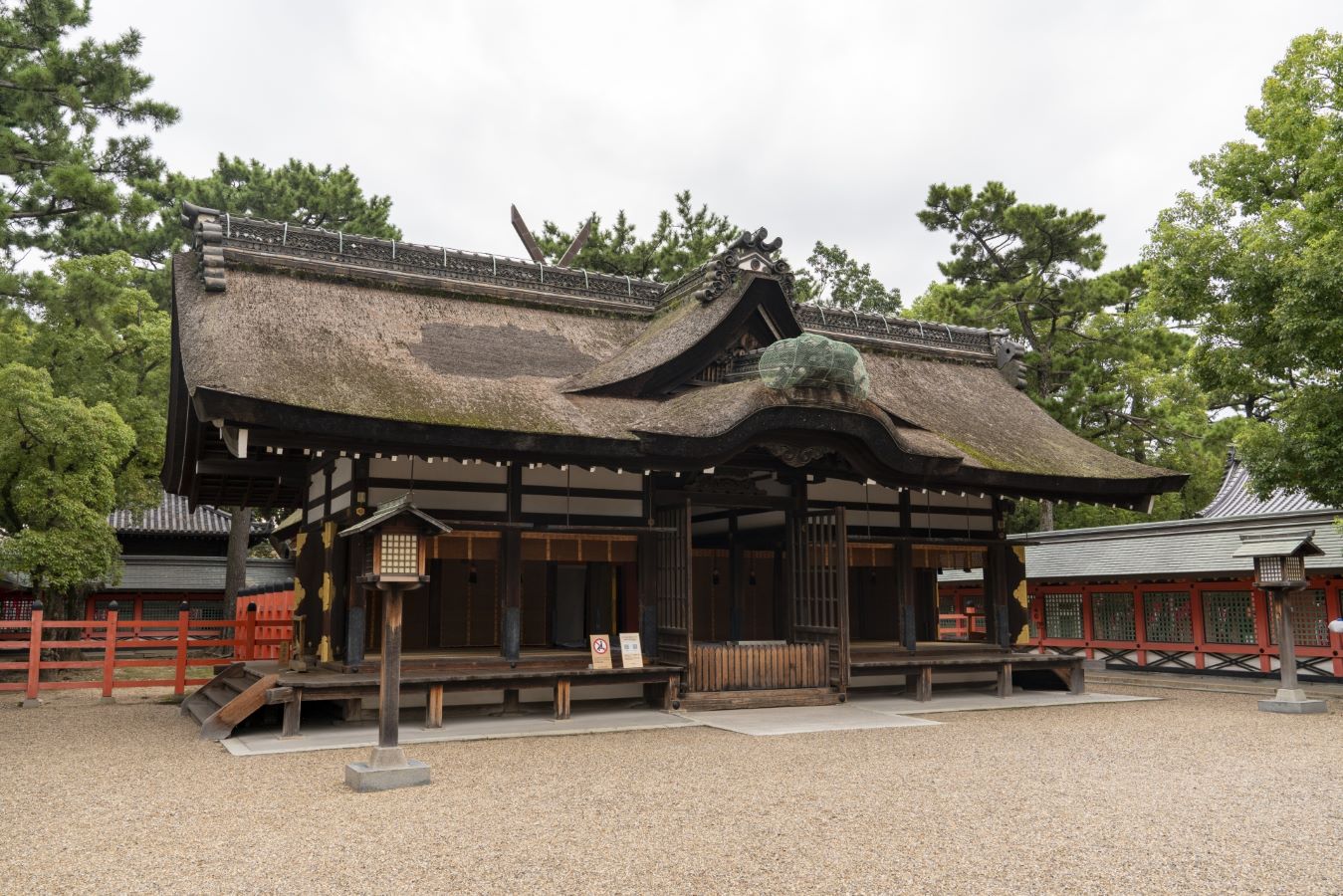
Sumiyoshi Taisha is one of the oldest shrines in Japan, with a rich history dating back to the 3rd century. According to traditional histories, the shrine was established in 211 by empress-regent Jingū, who governed Japan after the death of her husband.
The shrine has undergone several renovations and expansions over the years, with the current structures dating back to the early 19th century. Despite these changes, Sumiyoshi Taisha has maintained its traditional Japanese architecture and design, making it a popular destination for tourists and locals alike.
Sumiyoshi Taisha is dedicated to three Shinto deities: Sokotsutsuo-no-kami, Nakatsutsuo-no-kami, and Uwatsutsuo-no-kami. These deities are believed to protect sailors, fishermen, and travelers, making the shrine a popular destination for those seeking good luck and safety on their journeys.
Architecture
Sumiyoshi Taisha is known for its unique style of shrine architecture called Sumiyoshi-zukuri. This architectural style is one of the three considered native to Japan and was developed before the arrival of Buddhism and other foreign influences. The style is characterized by its simple and austere design, featuring a single roof with straight eaves that slope downwards towards the ground. The roof is supported by pillars that are spaced far apart, creating an open and airy interior space.
The shrine’s main hall, called the Honden, is built in the Sumiyoshi-zukuri style. It is a single-story building with a thatched roof and is surrounded by a fence made of bamboo. The Honden is where the enshrined deities are housed and where visitors come to pay their respects and offer prayers.
Another notable feature of Sumiyoshi Taisha’s architecture is the use of hinoki cypress wood, which is known for its durability and resistance to decay. The wood is used for the pillars, beams, and roof structure, and gives the shrine a warm and inviting atmosphere.
In addition to the main hall, Sumiyoshi Taisha also has two smaller prayer halls called the Heiden and the Haiden. The Heiden is where offerings are made to the deities, while the Haiden is where you can offer their prayers and wishes.
Overall, Sumiyoshi Taisha’s architecture is a testament to the rich cultural heritage of Japan and its unique blend of Shinto and Buddhist influences. The shrine’s simple and elegant design, combined with its use of natural materials, creates a peaceful and harmonious atmosphere that is sure to leave a lasting impression on visitors.
Layout
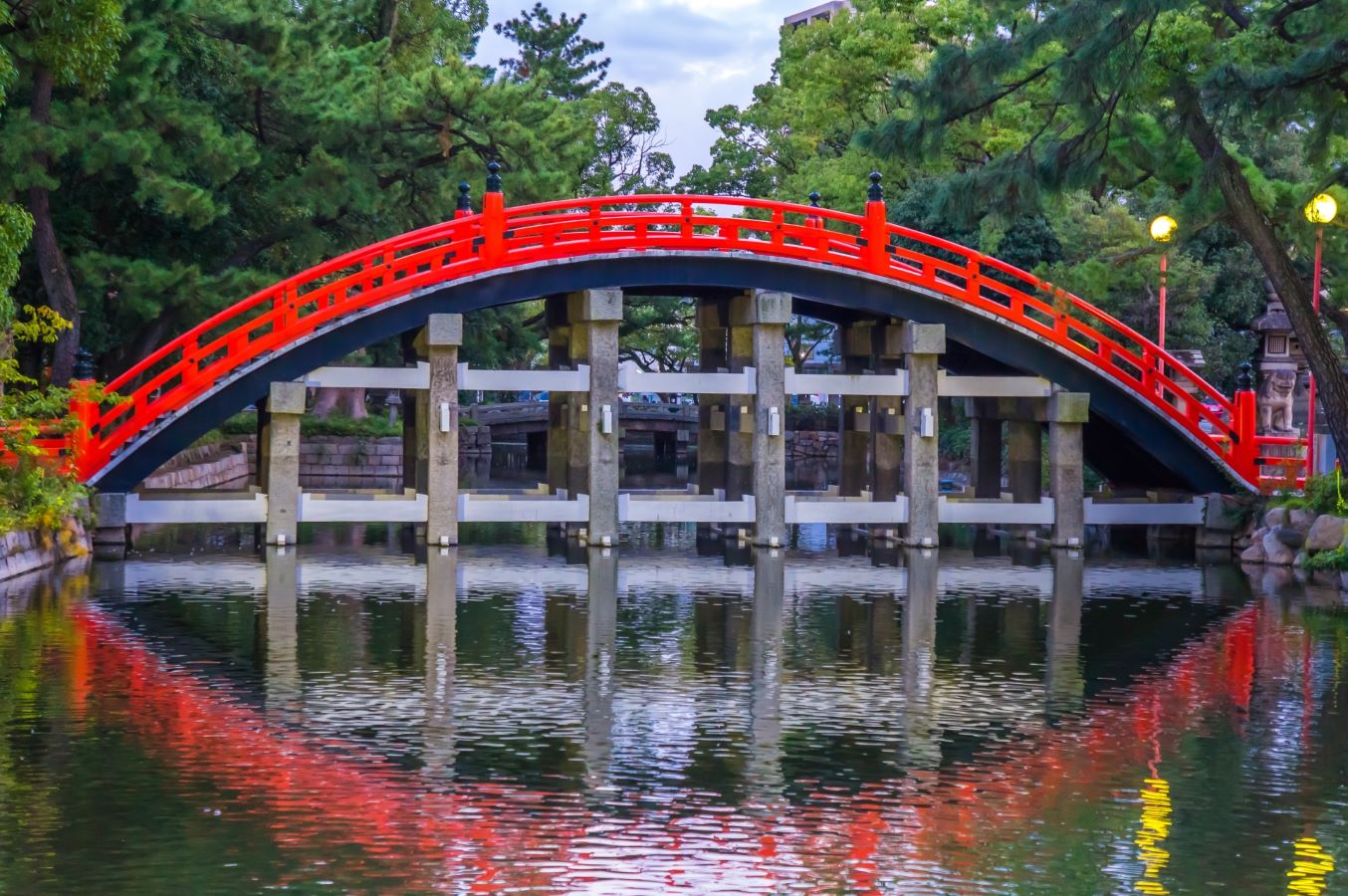
Sumiyoshi Taisha is a sprawling complex of over 100 buildings, spread across a large area in the Sumiyoshi ward of Osaka. The complex is centered around three main shrines, each dedicated to a different deity associated with the sea. The main shrine is called the Sumiyoshi-zukuri and is the oldest and most important building in the complex.
The Sumiyoshi-zukuri is a unique example of Japanese shrine architecture, characterized by a distinctive curved roof that slopes down towards the ground. The roof is thatched with layers of rice straw, which gives it a rustic, natural appearance. The walls of the shrine are made of dark, unpainted wood, which contrasts with the white plaster used to cover the roof and eaves.
Surrounding the main shrine are a number of smaller buildings, including several torii gates, which mark the boundary between the sacred and secular worlds. The buildings are arranged in a carefully designed layout, with each structure positioned according to its importance and purpose. Visitors can wander through the complex, admiring the architecture and the beautiful gardens that surround the shrines.
One of the most striking features of the complex is the Taiko-bashi, or Drum Bridge, which spans a large pond in front of the main shrine. The bridge is so called because of the sound it makes when people walk across it. The bridge is a popular spot for taking photos, and you can often be seen posing for pictures against the backdrop of the shrine and the pond.
Worship and Festivals

Sumiyoshi Taisha is a significant Shinto shrine in Japan, and it is associated with various aspects of Japanese culture. The focus of worship has expanded beyond the original maritime gods, and many people visit the shrine to seek success in business, love, and other aspects of their lives.
The shrine is also known for its festivals and ceremonies, which are held throughout the year. Many of these events include kagura and gagaku performances, which are ancient religious dances and music that have been passed down through generations.
One of the most significant festivals at Sumiyoshi Taisha is the Nagoshi Oharai Shinji, which takes place from July 30 to August 1 every year. During this festival, purification rituals and dances are performed by Nagoshi women and children dressed in costumes from the Muromachi period, which was over 700 years ago. This festival is a unique opportunity to witness traditional Japanese culture and customs.
Another notable event at Sumiyoshi Taisha is the Hatsumode, which is the first visit to a shrine in the New Year. It is a popular tradition in Japan, and many people visit Sumiyoshi Taisha during this time to offer prayers for good fortune and health in the coming year.
Overall, Sumiyoshi Taisha is a fascinating destination that lets you glimpse into the rich cultural heritage of Japan. Its festivals and ceremonies are a unique opportunity to experience traditional Japanese customs and practices.
Visiting Sumiyoshi Taisha
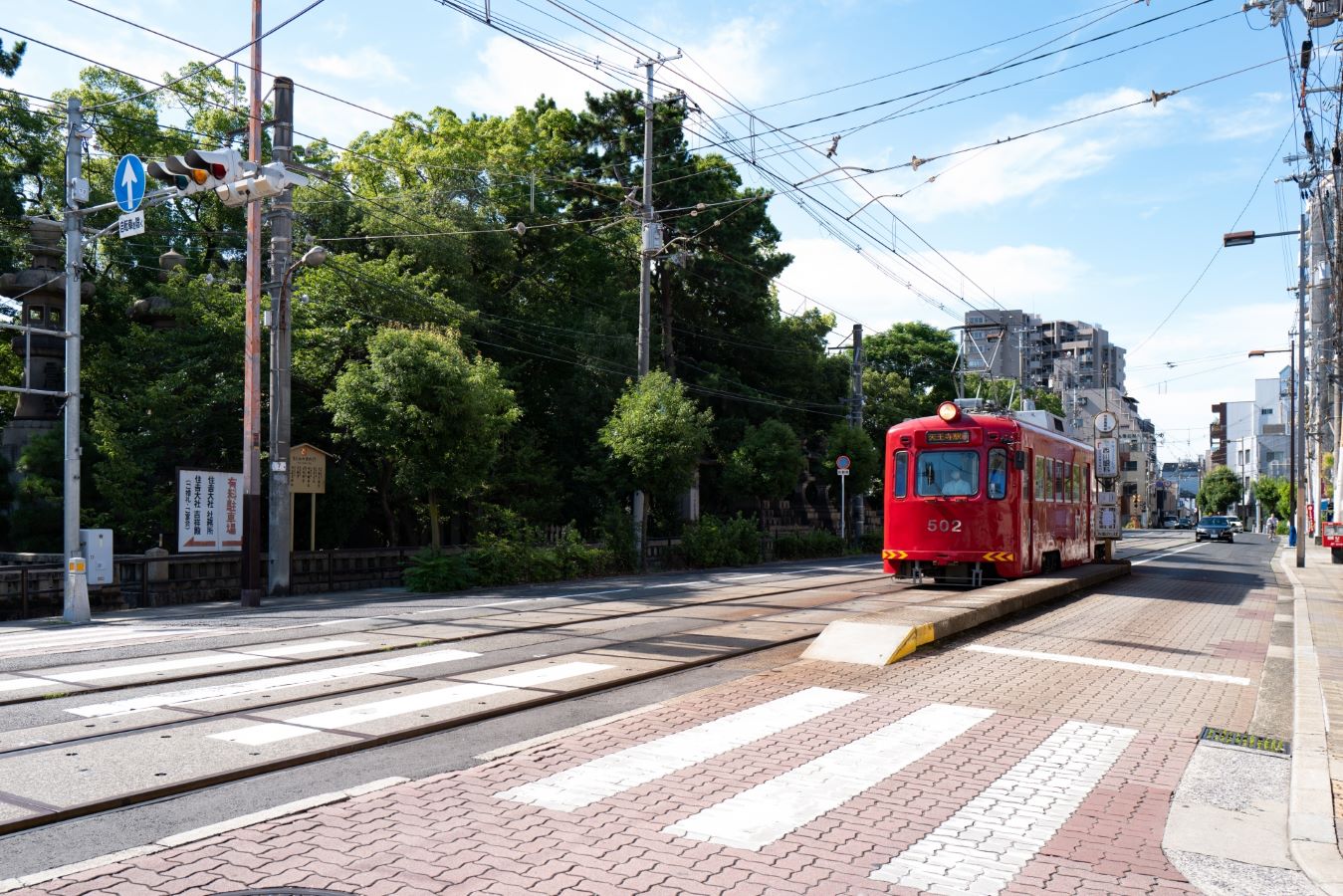
Sumiyoshi Taisha is an important Shinto shrine located in the southern part of Osaka. The shrine is dedicated to the three Sumiyoshi Sanjin deities, who are believed to protect fishermen, sailors, and travelers at sea. Sumiyoshi Taisha is one of the oldest shrines in Japan, with a history that dates back over 1,800 years. It is also the head shrine of all Sumiyoshi shrines in Japan.
To get to Sumiyoshi Taisha, you can take the Nankai Main Line from Nankai Namba Station to Sumiyoshi Station. The one-way ride costs 210 yen and takes less than ten minutes by a local train. Visitors can also take the Hankai Tramway from Tennoji and alight at Sumiyoshitorii-mae or Sumiyoshi tram stop. The tram ride takes about 15 minutes and costs 210 yen one way from Tennojieki-mae.
Once at Sumiyoshi Taisha, you can explore the shrine’s beautiful architecture and learn about its history and significance. The shrine is known for its distinctive Sumiyoshi-zukuri style, which features a simple, rustic design with a thatched roof and no veranda. Visitors can also see the shrine’s sacred trees, which are believed to be over 1,000 years old.
Visitors can participate in various religious rituals at Sumiyoshi Taisha, such as making an offering at the main shrine, washing their hands and mouth at the temizuya purification fountain, and receiving a fortune at the omikuji fortune-telling stand. Visitors can also purchase omamori amulets and other souvenirs at the shrine’s gift shop.
Sumiyoshi Taisha is open daily from 6:00 to 17:00, with no closing days. Admission to the shrine is free, but there may be fees for participating in certain rituals or events. Visitors should be respectful of the shrine’s customs and traditions, such as bowing before entering the main shrine and refraining from taking photos of the inner shrine.

